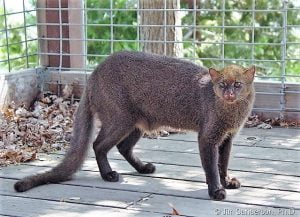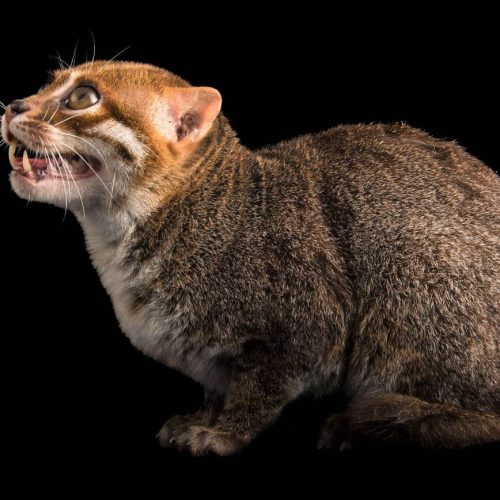Jaguar habitat – normally a variety of tropical and subtropical terrain
Jaguars can be seen in a range of tropical and subtropical habitats. They can live at sea level to about 1,200 m above sea level. There are records of jaguars living at 3,800 m above sea level in Costa Rica and at 2,700 m in Bolivia while in Peru jaguar tracks have been seen …







